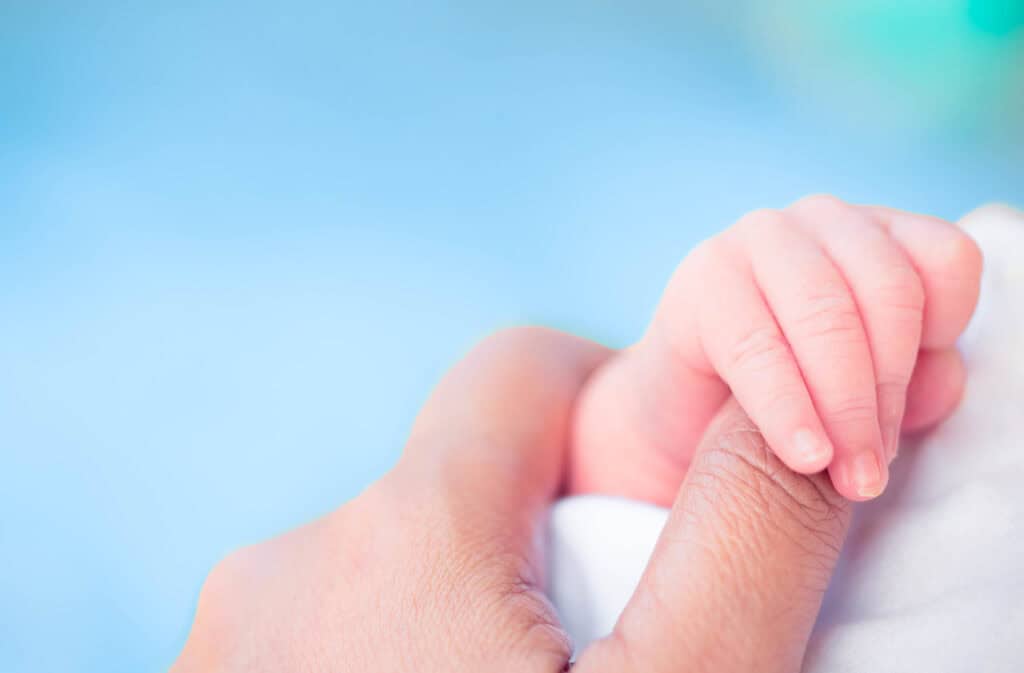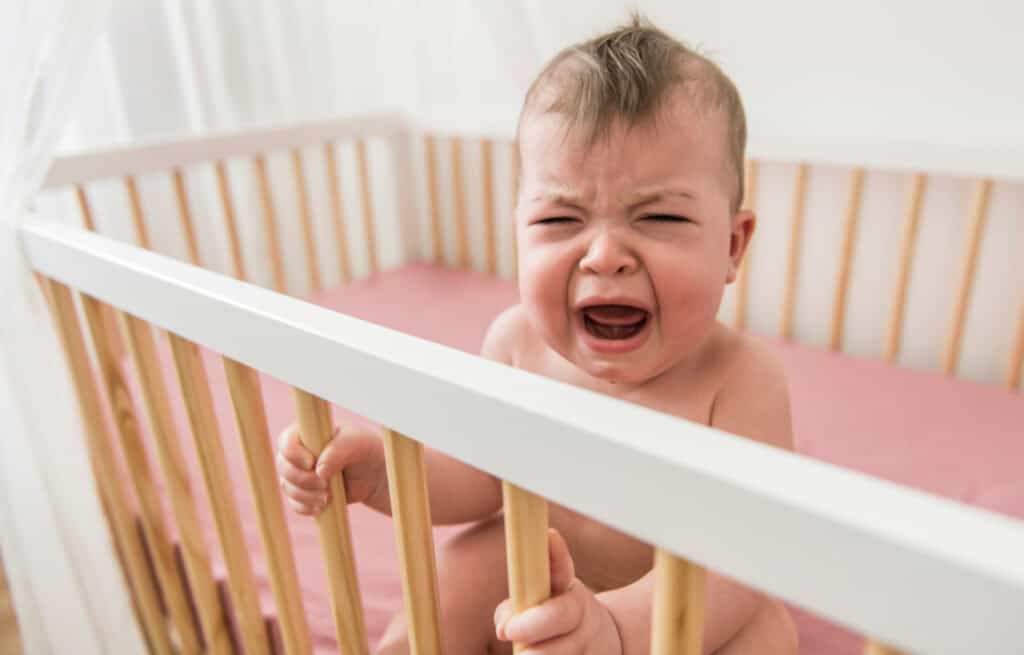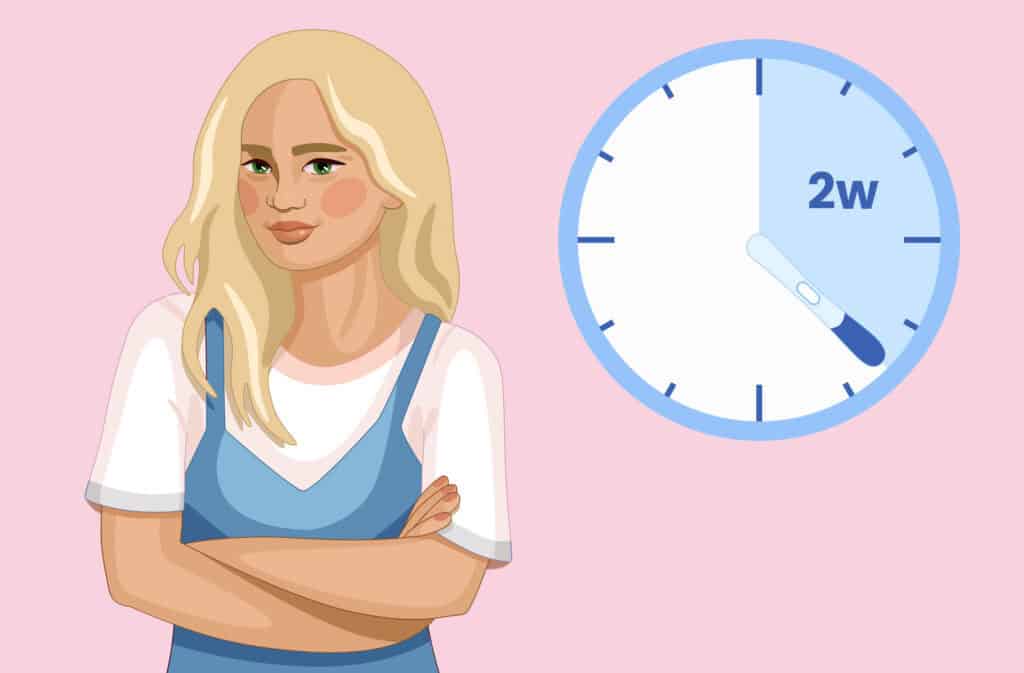Femia > Health Library > Pregnancy > Pregnancy health > Can you get a spray tan while pregnant?
Can you get a spray tan while pregnant?

- Updated Feb 10, 2025
- Published
CRAFTED BY HUMAN
Crafted by human At Femia, we provide accurate and up-to-date information at every stage of your journey, from trying to conceive, pregnancy and postnatal support. All content is created by a real person based on in-depth research and own professional experience. Femia ensures that you will receive expert advice, strict accuracy and a personalized approach from our authors/medical experts. Learn more about our editorial policy.
FACT CHECKED
Fact checked At Femia Health, we maintain the highest standards of editorial excellence in delivering content focused on helping you conceive, guiding you through pregnancy, and supporting you postpartum. Explore our content review principles to learn how we ensure the accuracy and quality of our health and lifestyle tips for every stage of your journey.
- Self tanners are considered overall safe to use during pregnancy. As with any other product, some people may experience occasional skin rashes or allergies. Your favorite self tanner is here to stay unless it contains some of the potentially dangerous ingredients: parabens, phthalates, or fragrances.
- Spray tans are a bit more tricky. The chances of inhaling the self tanner are high. Make sure to follow the safety guidelines if planning to get a spray tan.
You might be concerned about the safety of self-tanners, whether they can hurt your baby, and if the ingredients can cause any trouble. There is a lot to think about, but don’t give up on bronze glow just yet.
Read on to learn all about different self-tanners, how they work, safety information, tips for pregnancy tanning, and alternatives to fake tan.
Track your symptoms with Femia and get tailored
health advice right on your phone
What are self-tanners and how do they work?
Self-tanners are products that, when applied to the skin, develop over the next few hours and give you a tanned appearance. The skin gets brownish and glowy, mimicking the color of a natural tan. Self-tanning is the best way to get that sun-kissed look, without actually getting into the sun.
The main active ingredient of sunless tanning products is a colorless sugar called dihydroxyacetone (DHA). When applied to the skin, DHA reacts with amino acids in the surface layer of the skin to create pigmented end-products.
Since the magic happens only at the surface of the skin, which tends to peel off over time, a fake tan does not last very long.
👉Find out more: Can you get Botox while pregnant?
Are self tanners safe for pregnancy?
The good news for all our gorgeous soon-to-be mamas: self-tanning is considered safe during pregnancy.
Think about the way these products work: DHA acts on the surface layer of the skin, also known as the stratum corneum. This part of the skin is a physical barrier between your body and the outer world. A research review revealed that little of DHA, when applied to the skin, actually gets into your bloodstream.
The Food and Drug Administration (FDA) has approved DHA (and DHA only) for self-tanning.
Still, pay close attention to the instructions for use. You should only apply self-tanners on the skin and avoid breathing in or ingesting them, as well as getting them in your eyes, lips, and other mucous membranes. Applying self-tanners to these body parts is not evaluated or approved by the FDA.
Some product formulations were safer than others. According to the same study, foams/mousses contained fewer allergens compared to lotions, water-based sprays/liquids, oil-based sprays/liquids, and drops.
So, can you fake tan while pregnant? As long as you stay away from potentially harmful ingredients and use the self-tanning product the right way, there should be nothing wrong with having a bronzed look while expecting.

Can you get a spray tan while pregnant?
The answer is yes, although you need to take extra precautions and understand that other product formulations might be safer for you at the moment.
Here is why: you are more likely to breathe in the spray tan particles which should, ideally, only be placed on your skin. This is the reason why some experts suggest avoiding spray tans during pregnancy or at least during the first trimester, and some women go for lotions or mousses instead.
If you are still up for it, make sure to avoid getting the little spray particles inside of your body. You should not breathe in the aerosol, get it into your mouth or eyes, or onto your genital mucus membranes.
👉Find out more: Can you get lip fillers while pregnant? Here’s what you need to know
Guidelines for safe self-tanning during pregnancy
Self-tanning during pregnancy is safe if done correctly. Here are a few pro tips for self-tanning while expecting:
- Choose your product wisely. Make sure there are no potentially harmful ingredients. Lotions, foams, and mousses will give you the most control and enable precise application.
- Do a patch test. Apply the product on a small area of the skin first and wait to see if it responds in an odd way. If you notice redness, itchiness, irritation, or swelling, do not apply the product anywhere else.
If you are looking to get a spray tan, use protection and ventilate. Wear nose plugs or a mask, add protective eyewear, and place undergarments to protect the mucous membranes of the genitals. Make sure the room is well-ventilated, to reduce the chances of inhaling the tanning mist. Consider getting a spray tan done by a professional, instead of doing it yourself at home.
👉Find out more: Can you get piercings while pregnant?

Alternatives to self-tanning for pregnant women
If you are still not sure if self-tanning is safe during pregnancy and might want to skip it altogether, there are other options to still look like your usual, tanned self. These methods will give you a very temporary tan that washes off, so you can be sure that there will be no long-term effects on your own and your baby’s health.
Safe alternatives to self-tanning include:
- Bronzers. Bronzing products are becoming increasingly popular. A lot of brands are coming out with updated, improved formulations: liquids, creams, and powders. You can use your fingers, large brushes, or sponges to apply the bronzer and achieve an immediate tanned effect.
- Body makeup. Usually used to cover imperfections or add color to large body areas like legs, arms, shoulders, or chest. You can apply body makeup with your hands, large brushes, or sponges. Make sure the product dries down completely before getting dressed!
Don’t forget to look for natural bronzers and body makeup that contain no harmful chemicals. Washable cosmetics can also be packed with allergens, irritants, and harmful hormone disruptors!
Track your symptoms with Femia and get tailored
health advice right on your phone
The bottom line
We know, pregnancy can change your body in many unexpected ways. There is nothing wrong with wanting to stay glowy and bronzed.
Self-tanners are overall safe for pregnant ladies. Double-check the ingredient list of your favorite products and apply according to the instructions. If you are going with a spray tan, take extra measures of precaution. Make a decision based on how you feel, but also think about the period of your pregnancy. The safest bet: consult with a healthcare professional who will help you stay safe and protected.
References
- FDA. “Sunless Tanners & Bronzers.” The U.S. Food & Drug Administration (FDA), 15 Mar. 2022, https://www.fda.gov/cosmetics/cosmetic-products/sunless-tanners-bronzers.
- ay, Kristen, and Janice Wilson. “#1 Dermatologist Recommended: A Clinician’s Guide to Self-Tanning.” SKIN The Journal of Cutaneous Medicine, vol. 7, no. 6, 6 Nov. 2023, pp. 1077–89. SKIN, https://doi.org/10.25251/skin.7.6.1.
- Li, Huixia, et al. “Maternal Cosmetics Use during Pregnancy and Risks of Adverse Outcomes: A Prospective Cohort Study.” Scientific Reports, vol. 9, no. 1, May 2019, p. 8030. Nature, https://doi.org/10.1038/s41598-019-44546-z.
- Matwiejczuk, Natalia, et al. “Review of the Safety of Application of Cosmetic Products Containing Parabens.” Journal of Applied Toxicology, vol. 40, no. 1, 2020, pp. 176–210. Wiley Online Library, https://doi.org/10.1002/jat.3917.
- Newton, Jazmin, et al. “A Cross-Sectional Review of Contact Allergens in Popular Self-Tanning Products.” International Journal of Women’s Dermatology, vol. 10, no. 1, Mar. 2024, p. e134. LWW Journals, https://doi.org/10.1097/JW9.0000000000000134.
- Owji, Shayan, et al. “Properties and Safety of Topical Dihydroxyacetone in Sunless Tanning Products: A Review.” Photodermatology, Photoimmunology & Photomedicine, vol. 39, no. 6, 2023, pp. 567–72. Wiley Online Library, https://doi.org/10.1111/phpp.12913.
- “Self-Tanners, Tanning Pills, Tanning Booths.” Mother To Baby | Fact Sheets, Organization of Teratology Information Specialists (OTIS), 2021. PubMed, http://www.ncbi.nlm.nih.gov/books/NBK582952/.
- Turner, Josh, et al. “In Search of the Perfect Tan: Chemical Activity, Biological Effects, Business Considerations, and Consumer Implications of Dihydroxyacetone Sunless Tanning Products.” Journal of Cosmetic Dermatology, vol. 22, no. 1, 2023, pp. 79–88. Wiley Online Library, https://doi.org/10.1111/jocd.14968.
- Yourick, Jeffrey J., et al. “Fate of Chemicals in Skin after Dermal Application: Does the in Vitro Skin Reservoir Affect the Estimate of Systemic Absorption?” Toxicology and Applied Pharmacology, vol. 195, no. 3, Mar. 2004, pp. 309–20. ScienceDirect, https://doi.org/10.1016/j.taap.2003.07.015.

Discover premature baby development week by week. Learn key milestones with our comprehensive chart. Expert insights on preemie growth from Femia.

Struggling with the 8-month sleep regression? Learn why it happens, common signs, and expert tips to help your baby sleep better.

Did you know what the two-week wait (tww) is? Discover two-week wait symptoms day by day, what to expect and avoid during tww, tww meaning in pregnancy, and more.

